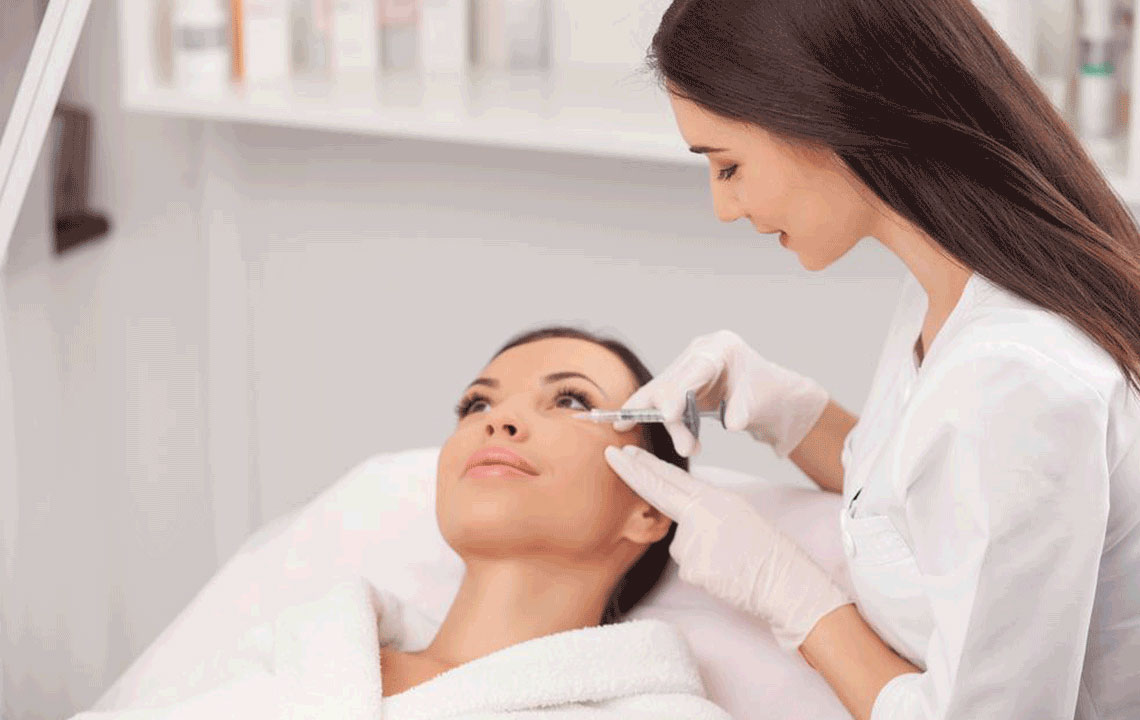Factors That Affect the Cost of a Botox Surgery

A lot of middle-aged women these days are considering Botox to get back their young face. Though it is not a permanent way of getting rid of a wrinkly face, it helps in rejuvenating your skin for few months, after which you can again get injected. Botox is a toxin that blocks signals from the nerves to the muscle. The toxin acts on your muscles, and the muscles stop their contraction and stay relaxed.
You might not know this, but facelift and lifting of lips are not the only uses of Botox. The truth is that Botox has a far broader application. If done right, a Botox surgery can help in different medical conditions. Here are some things to know about a Botox surgery and its cost.
Medical conditions which can be treated by Botox
- For those who suffer from overactive bladder, you can inject Botox and control your bladder. When you inject Botox, it paralyzes the muscles of the bladder, thus reducing your washroom visits.
- Botox can also relieve the pain of a chronic migraine if supplemented with other treatments. The patient will experience less of a headache and nausea after the injection.
- For those who suffer from muscle spasm, you can consider getting a Botox to train your muscles to relax and soften.
- Another absurd but effective area where you can get a Botox injected is your armpits. This is great for people with the condition of excessive sweating and body odor.
- For these medical conditions, you can check up with your insurance company. Insurance covers your Botox cost if it is for a non-cosmetic purpose.
Choosing a Botox surgeon
- Since Botox can completely change how your face looks, you should be sure of the surgeon from whom you are getting it done.
- Don’t settle for a doctor just because he offers a cheap Botox cost. Make sure that you take into consideration various factors that will affect your surgery.
- Different Botox surgeons charge different prices. The Botox cost depends on factors like how good the doctor is and the quality of the surgery.
- Learn about the experience, reputation and the expertise of your surgeon before you agree for the surgery.
Understanding the total Botox cost
- In most areas of the nation, the approximate Botox cost is between $9 and more than $20 per unit of facial area. If you get it done from a surgeon who charges based on per area, then he will have a fixed price for the different areas of the face. For each facial area, you will be spending around $350 to $500 approximately.
- The Botox cost might differ according to the geographic area. A surgeon in rural of Texas would charge comparatively less than that in downtown Los Angeles. The north-eastern states have a high average cost of Botox, compared to the western ones.
- The Botox cost also fluctuates throughout the year.
- Beware of doctors who get your Botox done for an alarmingly low price. There is a high possibility that they use a diluted version of the Botox for the treatment.
- Some doctors also smuggle Botox from countries like Canada, where you get Botox at a government-subsidized rate.
- You need to be careful of these Botox as many times they are not stored keeping in mind the ideal storage condition, which might affect the ingredients of the injection.
- If you are using Botox for medical purpose, then you can call the Reimbursement Hotline of Allergen, the company which invented Botox, and ask if your insurance would cover the fee or no.
- Most of the doctors these days are open to all kinds of payment options like credit card, debit card, cheque, and cash.
- Ask your clinic for a financial plan for the Botox cost. Many clinics these days have their financial plans.
Tips for your first Botox surgery
- Don’t miss attending a proper consultation session, where the professionals will enlighten you about the art of Botox.
- Don’t consume aspirin and anti-inflammatory drugs from at least two weeks prior the surgery.
- Never indulge in alcohol while getting a Botox. At least one week before your appointment, stop your alcoholic intake.
- Though there is no anesthesia used in the surgery, Botox can be painful. So be prepared for the pain you will have to bear when the needle pricks your face.
- Avoid indulging in hardcore physical activities for few weeks after the surgery.
- Also, it is strictly advised to avoid some of the blood thinning medications that can harm your surgery healing procedure.
- Make sure that you do not apply any chemicals or facial masks immediately after the surgery, or for the next 24 hours. Your skin needs to be left alone after getting injected.
Getting a Botox surgery is a big decision, as it will completely change your look. So, take your time and do not make hasty decisions when it comes to opting for the surgery.


